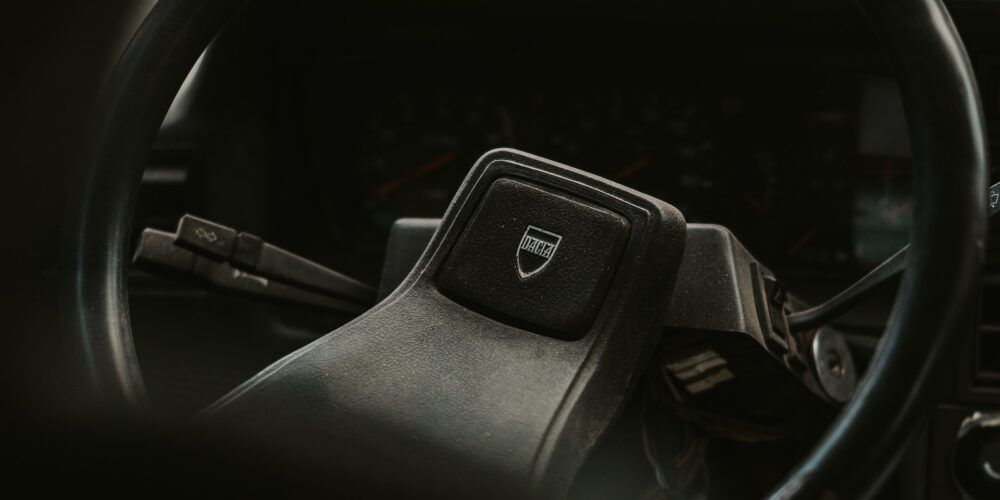Born back in the 60s as a brand designed to produce modern yet affordable cars, Dacia has quickly become a household name. Whether you love their cars or aren’t as taken by their designs, Dacia is undoubtedly becoming more and more common on the roads today, and understandably so. After being taken over by Renault, their cars were pushed into the European market but with their growing size and increased production has come a few issues along the way. Every car can face its fair share of complaints, and Dacia is no exception. Here are some of the most common problems Dacia owners report.
Catalytic Converter
Perhaps the most common or at least most widely reported problem with Dacia vehicles is a faulty catalytic converter. Most common in the Dacia Duster, this particular problem had been linked to a sluggish engine and reduced acceleration, which is said to then worsen quickly. Owners have had issues with “dark exhaust fumes” and “weird smells coming from the exhaust” when the system fails, putting your vehicle at risk. (https://motorandwheels.com/problems-with-dacia-cars/) The catalytic converter is responsible for protecting the car and engine from dangerous contaminants and air pollution by converting pollutants such as nitrogen oxide and unburned fuel into harmless alternatives. This keeps the car in better shape, prevents toxicity build-up and is altogether better for the environment. If your catalytic converter isn’t working properly or showing signs of failure, it’s important to get it seen to as soon as possible.
Rusting Issues
Over the years, the Duster and Sandero have been plagued with various complaints relating to the paintwork on their cars – particularly related to rusting and thin coats. The warranty on affected vehicles had previously only been five years, however, these complaints pushed the company into extending this to 7 years and investigating the problem. Their investigations found an issue within one of their factories in which they were “not getting the correct paint mixture for spraying the cars,” and would lead to premature rusting and thin paint coats. (https://motorandwheels.com/problems-with-dacia-cars/) This plagued mostly Sandero and Duster models between 2013 and 2016, particularly those produced in Romania and shipped to the UK.
Interior Quality
Dacia vehicles are designed to be as affordable and as accessible as possible and for that reason, they aren’t typically considered luxurious. Owners have often complained about the “quality of materials,” noticing that some of that material would “come undone” and that fabric would “stretch”. (https://motorandwheels.com/problems-with-dacia-cars/) While owners aren’t expecting premium leather seats and expensive fittings, they still expect a vehicle with an interior that isn’t going to fall apart at the seams and unfortunately, previous Dacia models may not have quite lived up to customer expectations. With poor material, as well as plastic clippings that snap quickly, particularly with the headrest, these issues leave owners with messy or broken interior elements.
ECU Faults
Electric Control Units deal with all things electrical in your vehicle but in Dacia vehicles, this had been reported to be faulty, leading to some frustrating issues. The ECU has reportedly shown false Check Engine lights, issues with idling, changes in how the car functions and even cars going into “limp home mode” (https://www.sellyourproblemcar.com/common-faults-to-look-for-with-a-dacia-duster/). If you are experiencing any of these with your Dacia vehicle, you should have it checked by a mechanic as soon as possible. We can diagnose the issue and get to the root of the problem, replacing or repairing any parts that might prove to be faulty during our tests.
For more information about any of above issues or if your Dacia is experiencing problems, we are on hand to help. Simply get in touch with a member of our team for more information, today.

